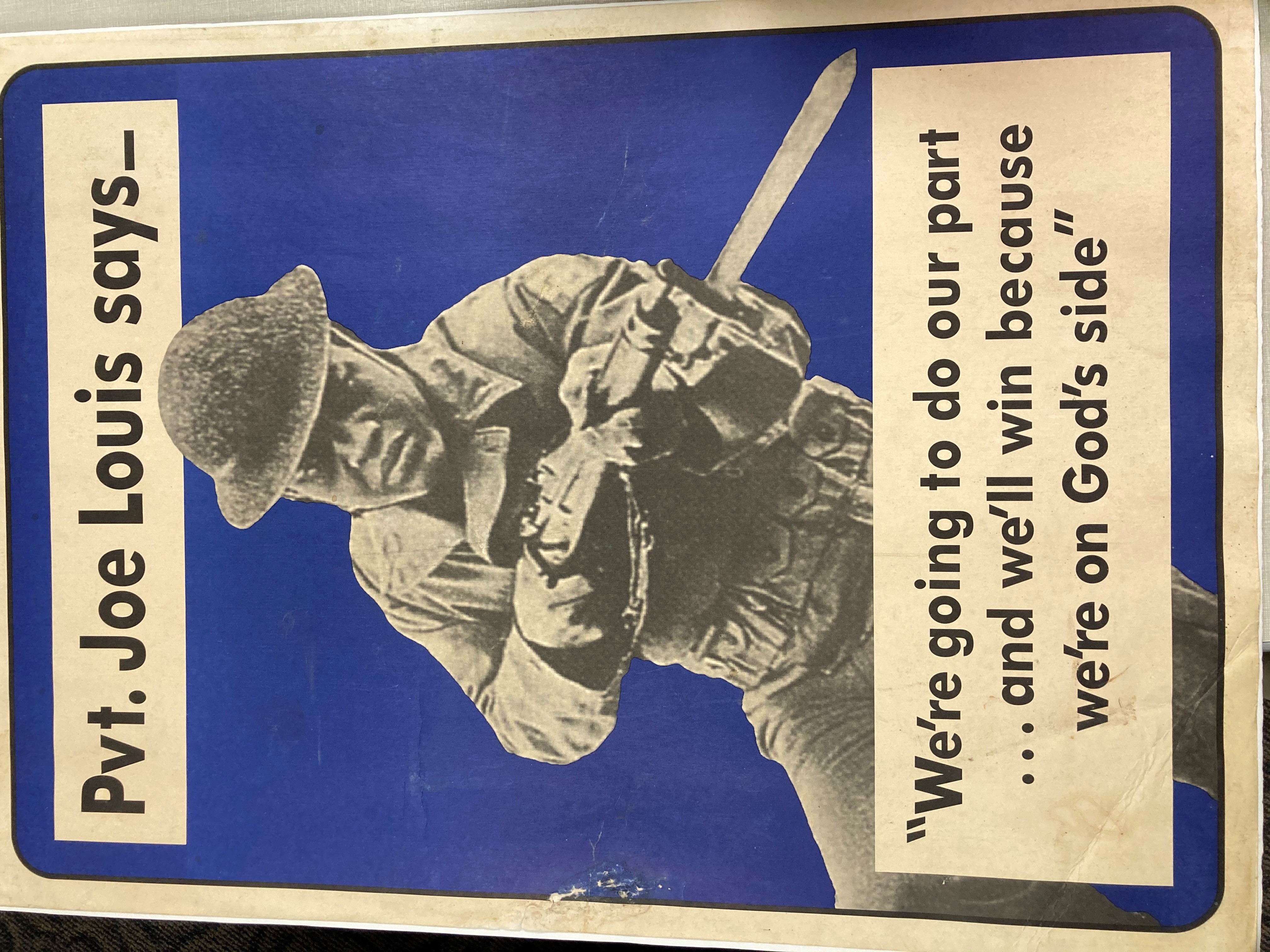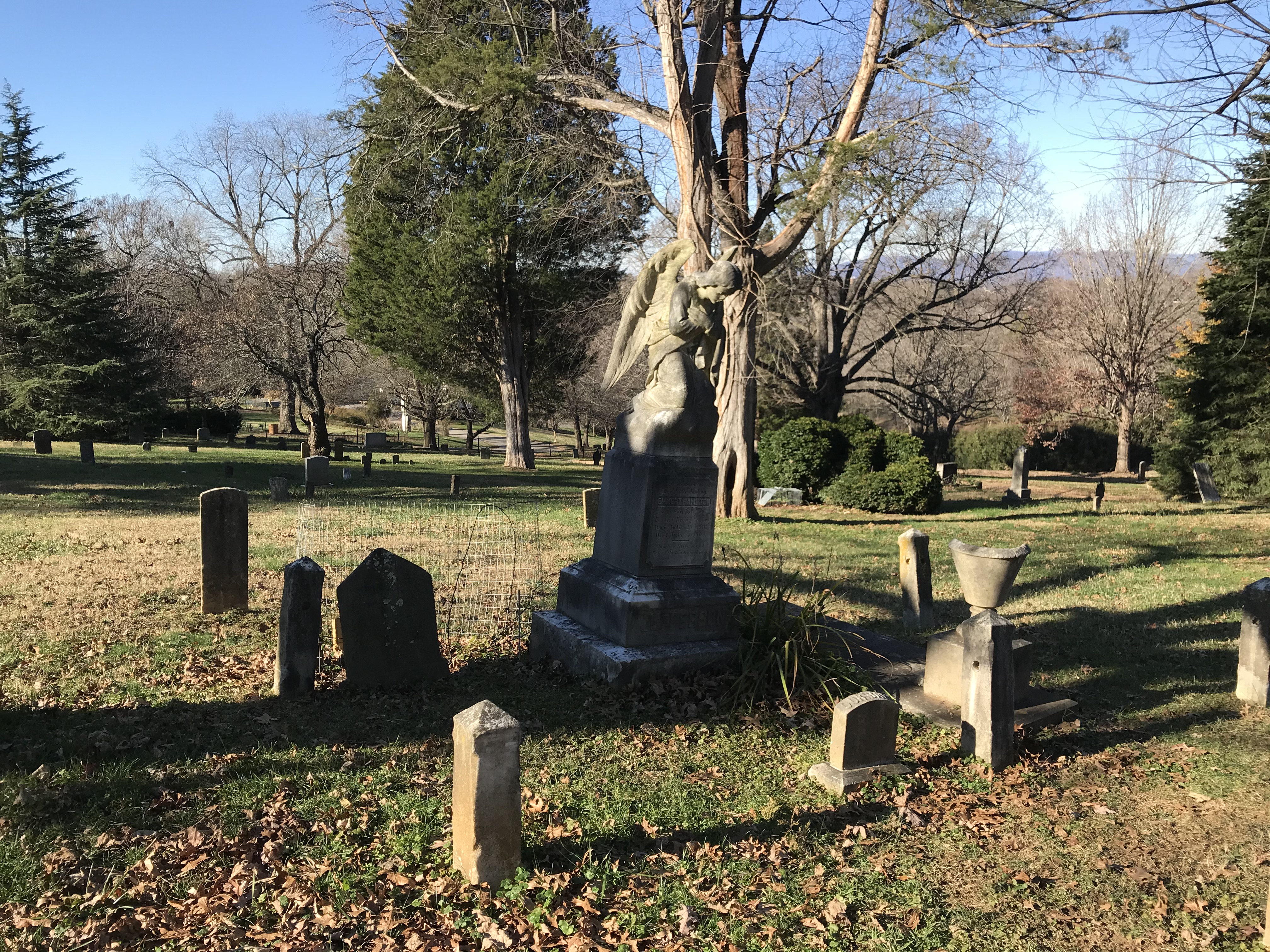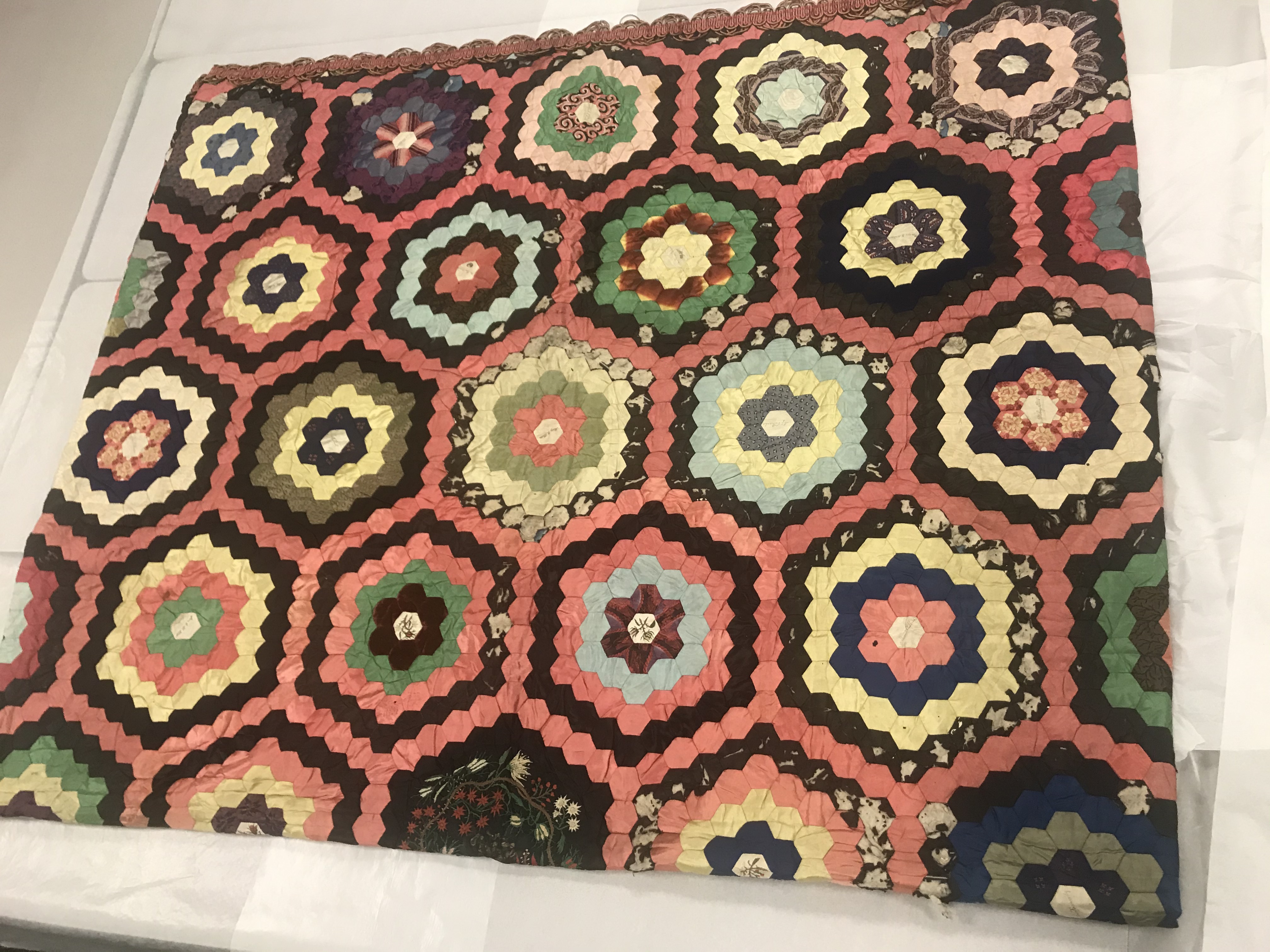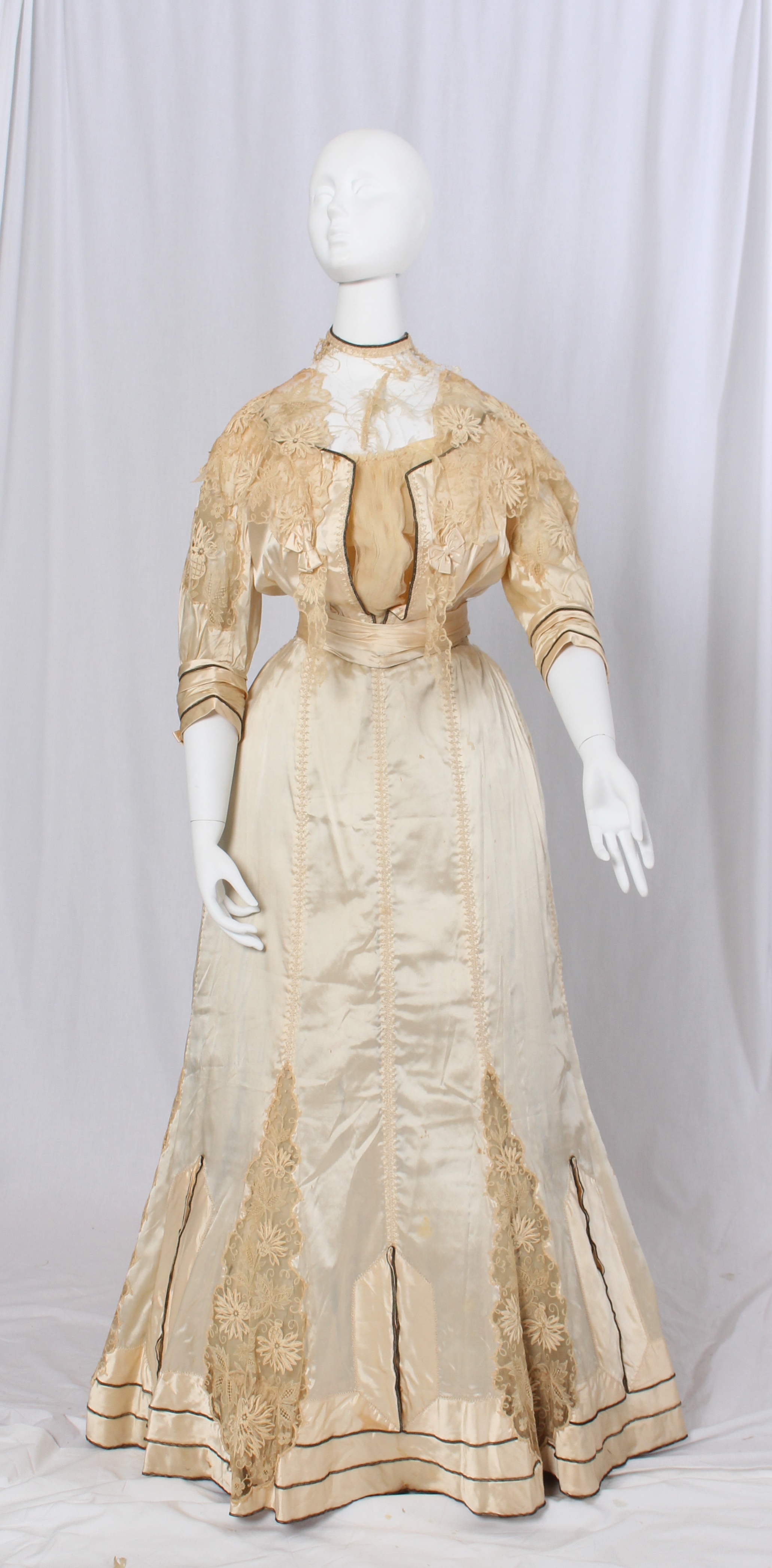Congratulations 2024 Honorees!
Virginia's Top 10 Endangered Artifacts
Virginia's Top 10 Endangered Artifacts
Get Ready to Vote for Your Favoriate Endangered Artifact Daily,
January 11-20 and Help Conserve Virginia's Diverse History!
January 11-20 and Help Conserve Virginia's Diverse History!

Fincastle has been the county seat of Botetourt County since it was established. In 1770, Botetourt’s boundaries went out to the Mississippi River and residents who had needed “to record their deeds and settle their disputes” needed to travel to Fincastle to do so. This meant accommodations were needed. The accommodations included taverns, ordinaries, and residents’ homes. One of the early taverns from at least 1820 was run by “Wm. Craft on land owned by his father- in-law Jacob Nace, in the corner of Roanoke Street and Back Street”. This property was later run by James McDowell, Sr. and James McDowell, Jr. who later conveyed it to W. B. Hayth who ran it until his son E.B. Hayth inherited it and ran it “until a few years before his death in 1937”. The location across the street from the courthouse and in the center of Fincastle made it a convent location for lawyers and summer visitors to stay. In the 1880’s and 1890’s “Fincastle flourished briefly” “as a gay summer resort”. Visitors came from cities such as New Orleans, Baton Rouge, Opelousas, Vicksburg, Macon, Florence, Mobile, St. Louis, Galveston, and Houston. They came for the climate, scenery and hospitality made it “one of the most desirable ‘retreats’ in the mountains of Virginia” and also the “discovery of mineral waters” brought the “refined and intelligent society” and “summer boarders”. At the time, Fincastle had the “only ferromagnesian springs yet discovered on the continent” and samples were put on display at the Chicago World’s Fair in 1893. In 1894, Hayth’s hotel was “filled to full capacity since the opening of the season” with “nearly if not quite 100 boarders” according to the social notes in the newspaper”. In 1895, a larger addition added to the eastern section by Gratton T. Firebaugh, contractor included a third story and a first floor music hall. William B. Hayth was a stage coach agent in Fincastle and his office was at the hotel. Mrs. S. E. Hayth’s millinery shop was in the hotel as well. During it’s time Hayth’s hotel was seen as the “center of the social scene”. Botetourt County Historical Society has a small collection of Hayth hotel registers, with the 1897 book being one of the most damaged. These registers are a record of all the visitors that passed through the area and shed light on the Hayth's role as the town hub. The registers provide a rich look into the daily life in the County as only a very small portion of the hotel stills stands today; its use being converted to apartments. (quotes used above are from "Seedbed of the Republic" by R.D. Stoner and "The Town of Fincastle", by Frances Niederer).

This Marching Band Hat is a tangible reminder of the bold musical traditions that flourished within Christiansburg Institute, despite the discriminatory forces of Jim Crow Era in Virginia. The band performances created by CI students were not merely spectacles; they were dynamic expressions of resilience, talent, and cultural pride. The high-stepping tradition, with its intricate choreography and lively syncopations, became a signature element that distinguished the CI Marching Band from others on the parade routes of Blacksburg, Christiansburg, Radford, and beyond. During a time of segregation, the CI Marching Band resonated with a unique energy that captivated both white and Black audiences. Alumna Mary Mills (Class of 1945) recalled, “Oh gosh, people used to line the street for our marching band. To this day, now if you see someone that's been members of it or if you got on your school jacket or something, they'll say, oh I just remember that band. I mean it was fantastic.”

 The Fredericksburg Area Museum (FAM) nominates the 20th century wedding gown of entrepreneur and World War II widow Blanche Russell Sabetty (1908-1976) for the 2024 Most Endangered Artifact contest. The garment which was described in a 1943 newspaper article announcing the wedding is a “blue and white voile dress, trimmed in lace, {which she paired with a} flower hat, white accessories and a shoulder corsage of white roses and gypsophila.” Tragically, her groom, Corporal Lawrence Francis Sabetty was killed just two years later while fighting in the battle of the bulge. His name can be found on Fredericksburg's War Memorial. Blanche never remarried. Prior to wedding Corporal Sabetty, Blanche had earned degrees from both Mary Washington College and Fredericksburg School of Music. After his death Blanche worked as a college professor and accompanist before opening a dance school of her own. The Sabetty School of Dance offered classes for many ages in ballet, tap, and ballroom dancing in two Virginia cities. Blache continued to work as an accompanist for performances at her schools. Today, Blanche’s legacy lives on through the Russell-Sabetty Orchestra Scholarship, which is given to juniors and seniors of University of Mary Washington (formerly Mary Washington College) who demonstrate leadership in the UMW Philharmonic Orchestra. The preservation of Blanche Sabetty’s wedding gown helps tell the story of female entrepreneurship and financial independence in the wake of loss and war. It also highlights a woman who contributed greatly to her community through the arts during her life and continues through her legacy.
The Fredericksburg Area Museum (FAM) nominates the 20th century wedding gown of entrepreneur and World War II widow Blanche Russell Sabetty (1908-1976) for the 2024 Most Endangered Artifact contest. The garment which was described in a 1943 newspaper article announcing the wedding is a “blue and white voile dress, trimmed in lace, {which she paired with a} flower hat, white accessories and a shoulder corsage of white roses and gypsophila.” Tragically, her groom, Corporal Lawrence Francis Sabetty was killed just two years later while fighting in the battle of the bulge. His name can be found on Fredericksburg's War Memorial. Blanche never remarried. Prior to wedding Corporal Sabetty, Blanche had earned degrees from both Mary Washington College and Fredericksburg School of Music. After his death Blanche worked as a college professor and accompanist before opening a dance school of her own. The Sabetty School of Dance offered classes for many ages in ballet, tap, and ballroom dancing in two Virginia cities. Blache continued to work as an accompanist for performances at her schools. Today, Blanche’s legacy lives on through the Russell-Sabetty Orchestra Scholarship, which is given to juniors and seniors of University of Mary Washington (formerly Mary Washington College) who demonstrate leadership in the UMW Philharmonic Orchestra. The preservation of Blanche Sabetty’s wedding gown helps tell the story of female entrepreneurship and financial independence in the wake of loss and war. It also highlights a woman who contributed greatly to her community through the arts during her life and continues through her legacy.
WWII Recruitment Poster Featuring Joe Louis, circa 1942

During World War II, heavyweight boxing champion Joe Louis set aside his lucrative boxing career to enlist in the army. Wildly popular with both the African-American and white communities, his unfailing support of the war effort inspired many. This 1942 poster, featuring a quote from a speech by Louis, encouraged Americans of color to enlist.
Few items from World War II are as evocative as propaganda posters, and few of those which survive help to tell the important story of African Americans in the war. Once conserved, this poster will be utilized in exhibitions and educational programs.
Angel Statue Carved by African American Stonecutter, circa 1909

The "Angel Statue" gravestone notes the grave of a two-year-old child, where four generations of his family are buried around him. The stone is unique as it is the only statue-style stone in the cemetery which contains mostly modest stones. The reason that the family was able to obtain such a stone was likely due to his grandfather's connection to stone carving. Born enslaved and emancipated in 1853, William Henry Jefferson carved many of the stones in both the enslaved and free African American sections of Old City Cemetery. The artifact itself sits at a prominent place in the cemetery and one of the most recognizable symbols of the site. It also is used as a catalyst to tell many stories connected to the Jefferson family and the African American community in Lynchburg during the late-nineteenth and early-twentieth centuries.
Album Quilt Created by Ladies of Dinwiddie, circa 1850

While many artifacts give us glimpses into the lives of the individuals who made or owned them, few embody that of an entire community. On February 12 of 1850, a group of 30 women in county of Dinwiddie, Virginia gathered together to share news, socialize, and sew. Each of the 30 women who collaborated on the quilt, signed the blocks they contributed. All but four of these women appear in the 1850 Federal Census of Dinwiddie County & the City of Petersburg.
Quilts like these are known as Album Quilts, and were most often made as wedding gifts or going-away gifts to a member of the community who was moving away. Work traditionally done by women has long been relegated to 'craft' or 'handiwork' instead of being recognized as skilled art. In a time where we are increasingly isolated and yearning for community, this quilt is a beautiful testament of the tightly knit bond of a group of women 170 years ago and represents the spirit of community among women through America's history.
Jessie Reasor Zander Collection, circa 20th century

Writer, teacher and activist Jessie Zander collected photographs, newspaper clippings, funeral programs, and other memorabilia documenting the lives of African Americans in Wise County, Virginia, from the 1940s until 2010.
The museum is planning a redesign of its exhibitions in the next two years with plans to include diverse stories of Southwest Virginia. The Zander Collection is the only comprehensive collection of African American history in the museum's collections and will serve as basis for that part of the story.
Afternoon Dress Designed & Created by Black Dressmaker Fannie Criss Payne, circa 1905

This formal afternoon dress was made in about 1905 by Richmond, Virginia’s premier dressmaker of the early 20th century, a Black woman named Fannie Criss Payne. It is one of only a handful of examples of the Payne’s work in existence today.
The free-born child of a formerly enslaved farmer in Cumberland county, Fannie Criss Payne achieved remarkable success as a dressmaker in Richmond. At a moment when white patronage of Black-owned businesses was almost unheard of, her client list comprised members of the city’s most prominent white families. Fannie Criss Payne created custom-fit dresses using the latest patterns and most luxurious materials which she purchased during seasonal trips to America’s burgeoning fashion center in New York. In January 1904, the Black-run magazine The Voice of the Negro, profiled Payne, noting: "The finest dressmaker in Richmond, regardless of color, is Mrs. Fannie Criss Payne. Her list of patrons is made up of the best white families in Richmond. So great is their confidence in her ability and taste that many leave to her the selection of their entire outfits. In the last six months she has made the trousseaus for the most popular brides." As the century progressed, Richmond’s white elite (and Payne's clients) promoted legislative barriers to the burgeoning progress of the city’s Black business, and Payne joined the migration of southern Blacks to New York’s Upper West Side in about 1911.
This formal afternoon dress was likely made by Payne for Nannie Moore Ellyson Crump (1871–1958). Crump’s father, James Taylor Ellyson (1847–1919) served in the Senate of Virginia (1885–1888), as mayor of Richmond (1888–1894), and as the state’s lieutenant governor (1906–1918). Her mother, Lora Effie Hotchkiss Ellyson (1848–1935), served as vice president of the Association for the Preservation of Virginia Antiquities from 1896 and as president from 1911.

